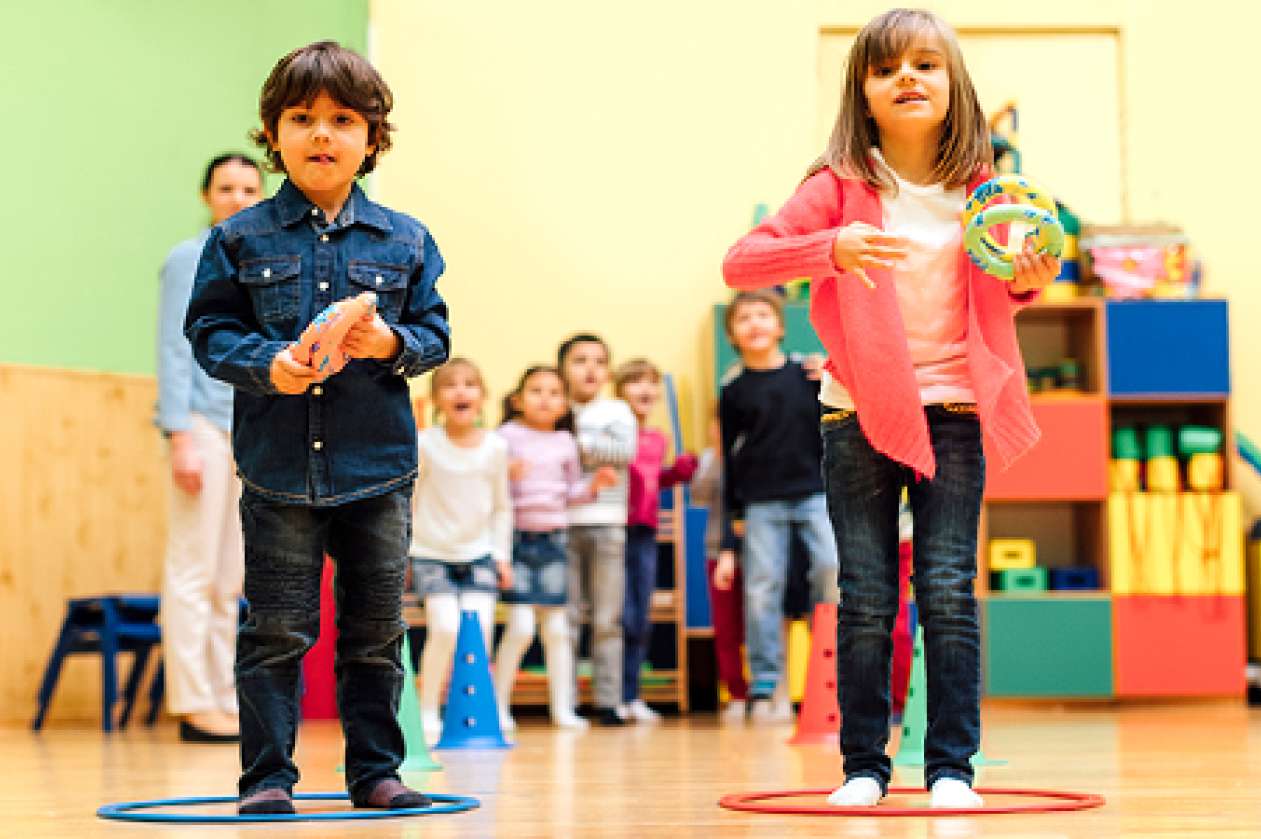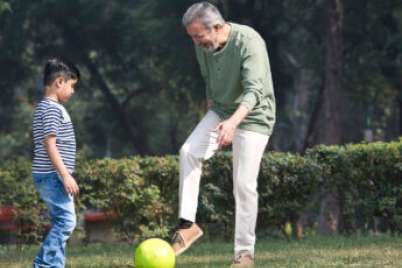
How incorporating physical literacy is helping kids have academic success
Educators at Aarken Tutoring in Ottawa are having success teaching kids to read — by getting them to move while they learn.
Their trick? Incorporating physical literacy into each program.
“We’re getting students up and moving, using activities to build physical literacy,” says Sara Dorken, Aarken Tutoring’s chief executive officer. “It helps students to learn and have fun while they’re doing it.”
The tutoring program is modeled after the Orton-Gillingham instructional approach for teaching people who have difficulties learning to read.
“It uses multi-sensory techniques to teach students the sounds that letters make, and the correspondence between sounds and letters,” says Dorken, who studied the approach at the Dyslexia Training Institute in San Diego, California.
Those techniques may include getting students to trace letters in rice or sand as they say the sounds each letter makes.
But Dorken, who holds a master’s degree in human kinetics from the University of Ottawa, decided to take things one step further by adapting Active for Life’s free physical literacy resources for use in the classroom.
For example, students may practice throwing skills with a classic bucket toss game — but while throwing, they may also be asked to sound out letters or words, chosen from a stack of index cards.
“They toss a ball into each bucket while saying each sound,” Dorken says. “And then they blend the sound together to read the word.” The physical movements help to reinforce the sound each letter makes and, as a result, students remember those sounds better, she says.
There are currently 15 students, ages 5 through 16, enrolled in the in-house program at Aarken Tutoring in Ottawa.
While Aarken has been in existence for the past five years, Dorken began incorporating physical literacy skills into programming in January 2016.
Now she and her team are including it into all aspects of their tutoring. Activities are similar for all ages, but are adapted based on the student’s skill level and grade.
Each session includes a standard lesson and then, within that lesson, “a student can pick an activity to solidify what they’ve learned that day,” she says.
So far, so good. The parents are happy with what they’re seeing academically, she says, while the kids can’t wait to come to their lessons.
“They love getting up and moving, and it gives them a concrete way to remember what we’re doing.”
It’s been such a success, Dorken has expanded her offerings to include an online tutoring component that includes more than 150 multi-sensory lessons for teachers, parents, and other tutors.
For Dorken, bringing physical activity into the classroom just makes sense. She has spent years reading about and researching physical literacy, especially how it affects students with ADD and ADHD, and she has seen the results first-hand.
“There are strong links between being physically active and better brain development,” she says. “Physical activity increases brain development. It strengthens the neural connections in our brains. And it’s fun.”





